
The Akaflieg Stuttgart fs24, nicknamed Phönix, was a glider designed and built in West Germany from 1951.

The Mü-27 is a research glider aircraft that designed and built in Germany in 1979. Only one example was constructed.
The Akaflieg Stuttgart F-1 Fledermaus (Bat) was a glider designed and built in Germany from 1932.
The Akaflieg Stuttgart fs17 was a glider aircraft that was designed and built in Germany from 1936. It notably featured a prone seating position for its pilot.
The Akaflieg Stuttgart fs18a was a glider designed and built in Germany from 1938. It was characterized by a gull wing and was the first glider to have a retractable undercarriage. Only one example of the design was constructed.
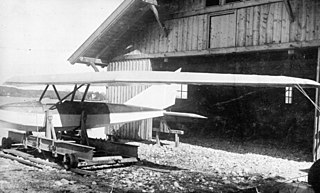
The Akaflieg München Mü1 Vogel Roch is a glider that was designed and built in Germany in 1924.
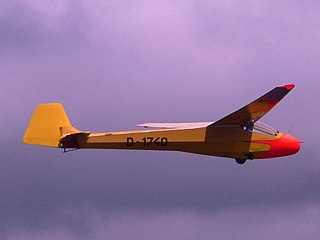
The Akaflieg München Mü17 Merle is a single-place glider aircraft that was designed and built in Germany from 1938.
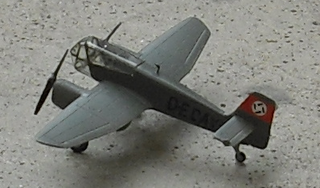
Akaflieg Berlin is one of around thirteen flying groups, or Akaflieg, currently attached to German universities. Akaflieg Berlin, is the abbreviation of Akademische Fliegergruppe Berlin e.V., a group of students enrolled at several Berlin universities, though they are mainly from TU Berlin, who are involved with the development and the design of gliders, as well as research in aerodynamics. Founded in 1920 Akaflieg Berlin was founded in 1920 and is one of the oldest gliding clubs in Germany, flying their gliders from Kammermark airfield near Pritzwalk, which they share with the AFV Berlin, which mainly consists of former members of Akaflieg Berlin, jokingly referred to as the “elderly ladies and gentlemen”. As at 2007/2008 Akaflieg Berlin was the executive group of the Idaflieg, the controlling body for all German university flying groups.
Akaflieg Darmstadt is one of approximately twenty aviation groups attached to German universities. Akaflieg is an abbreviation for Akademische Fliegergruppe, an academic group of students and faculty from a German University.

The Akaflieg Braunschweig SB-5 is a German single-seat Standard Class sailplane designed and prototyped by students of Brunswick University. More than 100 were built to their design, in several different variants.
The Akaflieg Darmstadt D-6 Geheimrat, often shortened to Darmstadt D-6 Geheimrat, was an early competition glider with a single seat and high cantilever wing, designed and built by German University students in 1922.

The Akaflieg Darmstadt D-7 Margarete, often shortened to Darmstadt D-7 Margarete, was one of the earliest two seat monoplane gliders, designed and built by German university students in 1923.
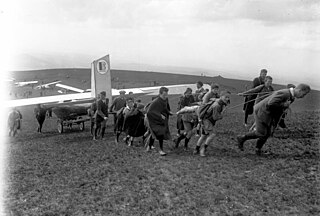
The Akaflieg Darmstadt D-9 Konsul, often shortened to Darmstadt D-9 Konsul, was a high performance, single seat, cantilever monoplane sailplane, designed and built by a German University student group in 1923 for hill soaring.
The Akaflieg Darmstadt D-28 Windspiel was a single-seat, high-performance sailplane designed in Germany in the early 1930s. Intended to exploit a growing understanding of thermal soaring, it was small and manoeuvrable, with a 12 m span; silk-covered for lightness, it weighed less (empty) than its pilots. It held the world straight-line distance record for a time in 1934.

The Akaflieg Berlin B1 Charlotte, was a glider built in Germany in the 1920s. It featured a high-wing, tailless sailplane configuration of all-wood construction, which had a pair of skids for landing.
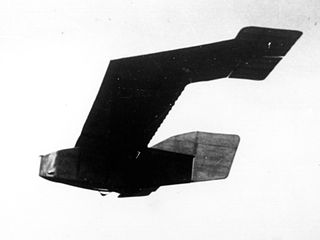
The Akaflieg Berlin B3 Charlotte II was a glider built in Germany in the 1920s. It featured a high-wing, tailless sailplane configuration of all-wood construction, which had a single skid for landing and applied brakes.
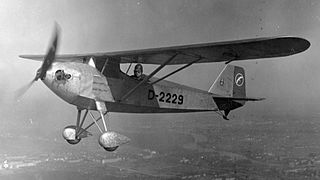
The Akaflieg Berlin B4 F.F. was a single-seat aircraft built in Germany in the early 1930s. It was a high-wing monoplane of all-wood construction with fabric-covered foldable wings

The Akaflieg Berlin B5 was a glider built in Germany in the late 1930s. It featured a high-wing, cantilever sailplane configuration of all-wood construction, with cantilevered gull-wings, retractable landing-gear, all-moving-tail, dive air-brakes.

The Akaflieg Berlin B6 was a glider built in Germany in the late 1930s. It featured a high-wing, cantilevered mid-wing sailplane configuration with Junkers-flaps, retractable landing gear, all moving tail, dive air brakes, wood and steel body.
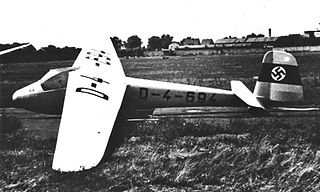
The Akaflieg Berlin B8 was a German sailplane built in the late 1930s for the 1939 Olympic games glider competition in Rome. It was a high-wing sailplane with a cantilever shoulder-wing, dive air-brakes and all wood construction.














